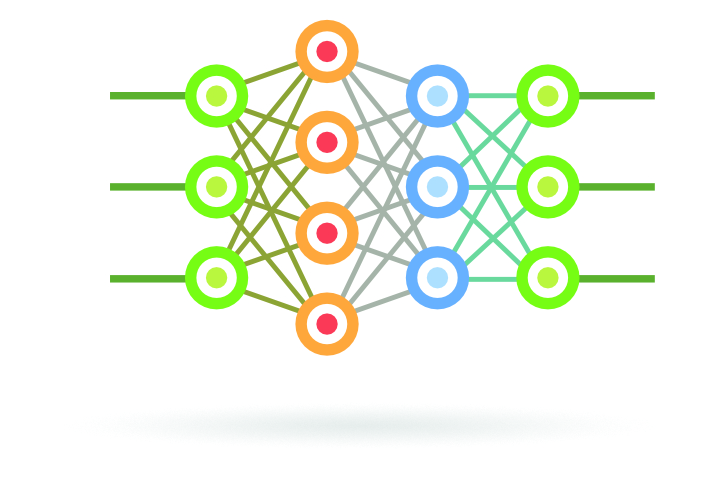
If you have a recent phone, odds are you have a neural net in your pocket or handbag. That’s how ubiquitous neural nets have become. They’ve got caché, and manufacturers brag about using them in everything, from voice recognition to smart thermostats to self-driving cars.
A search for “neural network” on Google nets nearly 35 million hits. But “traditional” neural nets may already be on their way out, thanks to Geoff Hinton of Google itself. He’s introduced something even cutting-edgier: “capsule” neural nets.The inspiration for traditional neural networks is, as their name implies, the neurons in our brains, and the way these tiny bodies are presumed to aggregate understanding through complex interconnections between many, many individual neurons, each of which is handling some piece of an overall puzzle.

Neural nets are more properly referred to as “artificial neural networks,” or “ANNs for shot. (We’ll just call them “neural networks” or “nets” here.) A neural network is a classifier that can sort an object into a correct category based on input data.
The foundation of a neural network is its artificial neurons, or “ANs,” each one assigning a value to information it’s received according to some rule. Groups of ANs are arranged in layers that together come to a prediction of some sort that’s then passed on to the next layer, and so on, until understanding is achieved. In convolutional neural networks, insights travel up and down the layers, continually modifying the ANs’ rules to fix errors and deliver the most accurate outputs.

Neural nets predate our modern computers, with the first instance being the Perceptron algorithm developed by Cornell’s Frank Rosenblatt in 1957. To take advantage of their potential, though, requires modern computation horsepower, and therefore not much was done in the way of neural nets’ development until University of Toronto professor Geoff…
The post Buh-Bye, ‘Traditional’ Neural Networks. Hello, Capsules. appeared first on FeedBox.